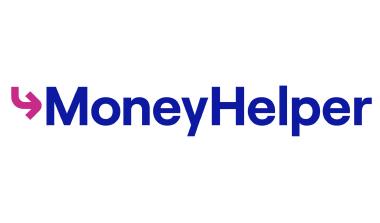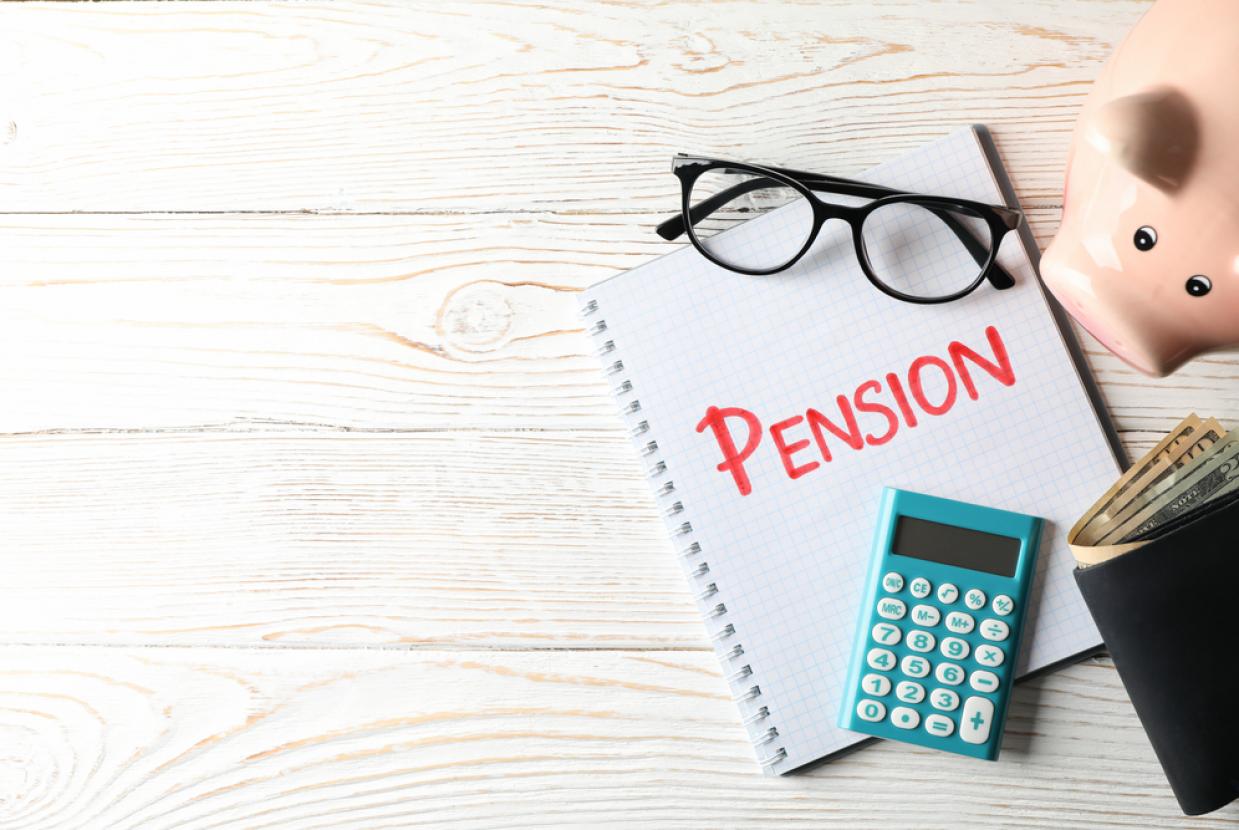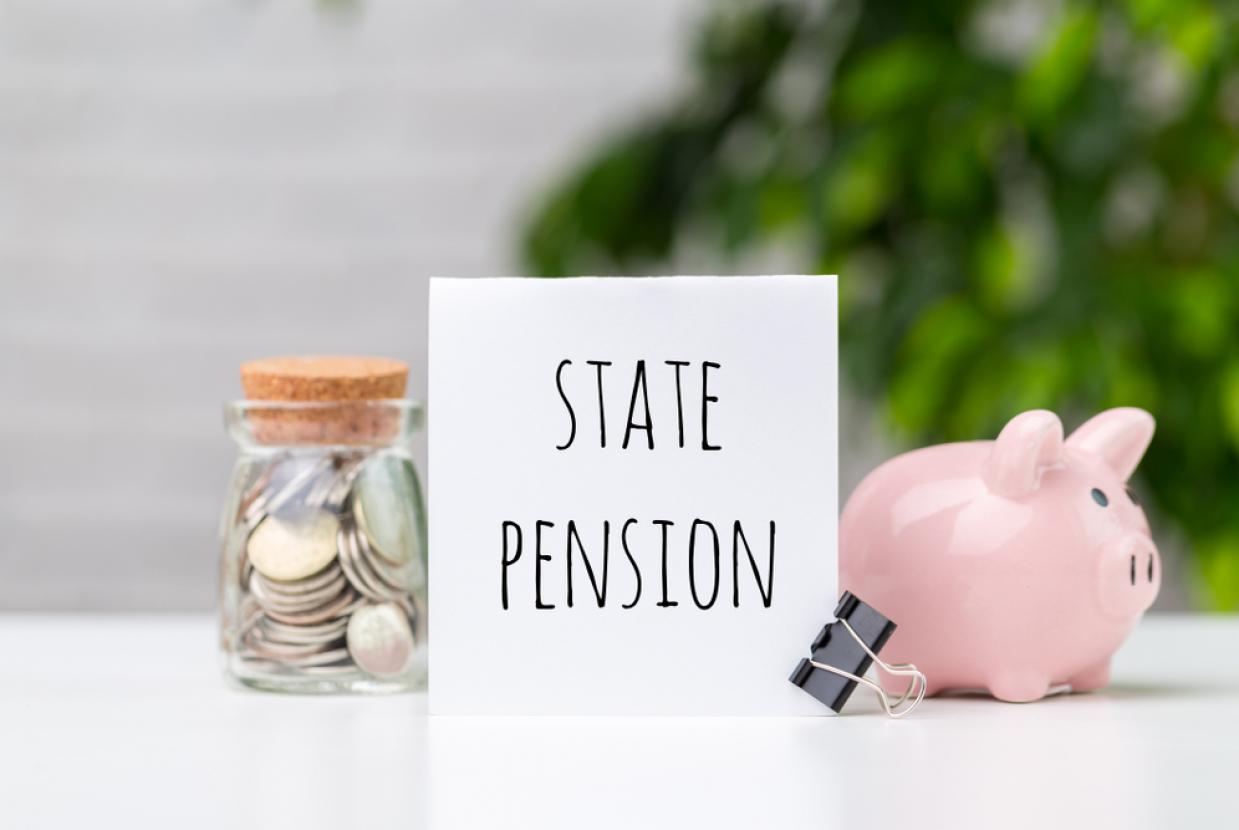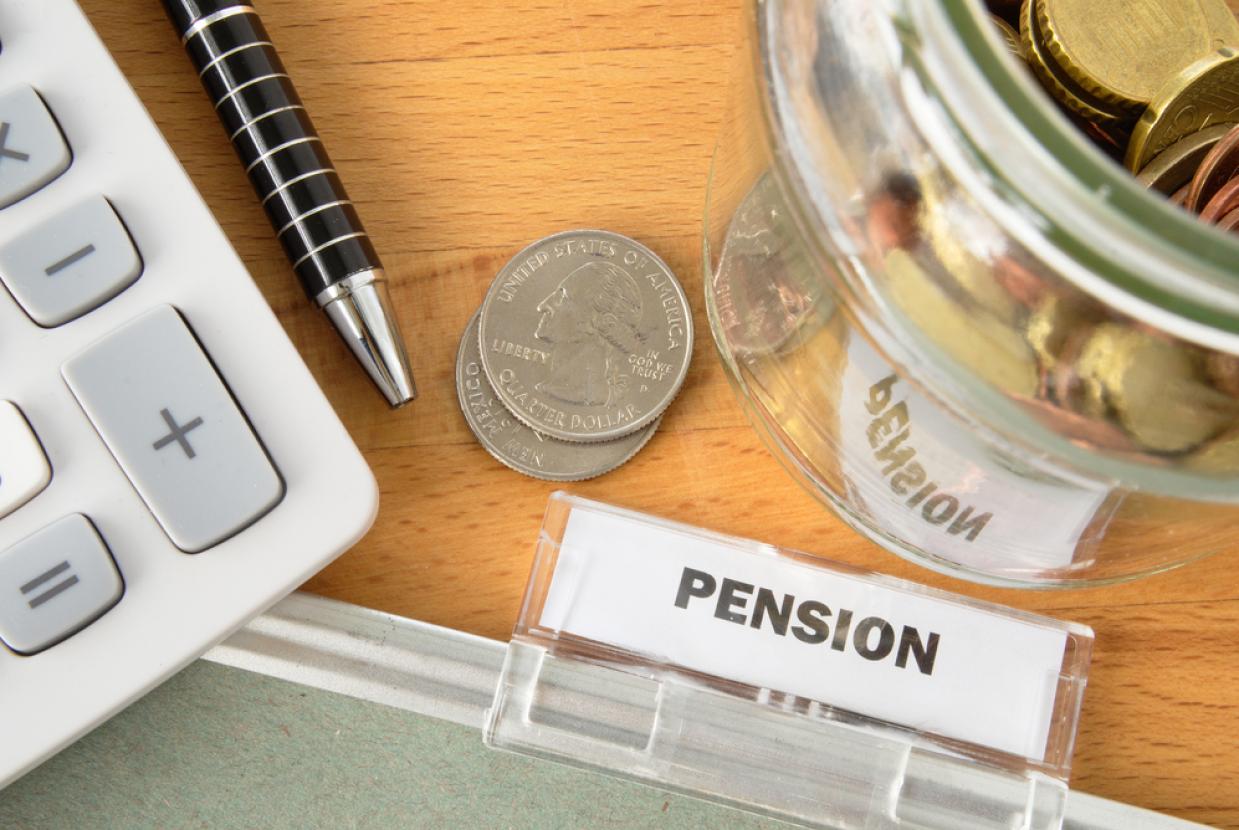Automatic Enrolment
All employers must now offer a workplace pension scheme and automatically enrol eligible workers in it. This helps lots more people save for retirement.
What is automatic enrolment?
Automatic enrolment is when an employee who meets certain requirements is made a member of a workplace pension scheme without needing to ask to be part of it.
In the past, it was up to workers to decide whether they wanted to join their employer’s pension scheme.
But since 2012, employers have been gradually required to automatically enrol their eligible workers into a workplace pension scheme.
As a result, lots more people are able to build up savings that they can use to provide them with an income from age 55.
When did automatic enrolment start?
Automatic enrolment has been introduced in stages since 2012. The largest employers started first, followed by medium-sized and then small employers. All employers, including new employers, should now be part of automatic enrolment.
If you haven’t yet been enrolled in a scheme or been offered one, talk to your employer and find out why.
Who will be automatically enrolled?
Whether you work full-time or part-time, your employer will have to enrol you in a workplace pension scheme if you meet these auto enrolment rules:
- You work in the UK (including seafarers residing in the UK)
- You aren’t already in a suitable workplace pension scheme
- You are at least 22 years old, but under State Pension age
- You earn more than £10,000 a year for the tax year 2021/22.
As long as you meet these auto enrolment conditions, you’ll also be covered if:
- you’re on a short-term contract
- an agency pays your wages, or
- you’re away on maternity, adoption or carer’s leave.
If you earn less than £10,000, but above £6,240 (for the tax year 2021/22), your employer doesn’t have to automatically enrol you into a scheme.
However, you can still ask to join – your employer can’t refuse and must make contributions for you.
How much will I have to contribute?
There is a minimum total amount that has to be contributed by you, your employer, and the government (in the form of tax relief).
These minimums are generally: 5% from you (which includes tax relief) and 3% from your employer.
The minimum contribution applies to anything you earn over £6,240 up to a limit of £50,270 (in the tax year 2021/22). This slice of your earnings is known as ‘qualifying earnings’.
So, if you were earning £18,000 a year, your minimum contribution would be a percentage of £11,760 (the difference between £6,240 and £18,000).
Some employers apply the pension contribution to the whole of your earnings, not just to qualifying earnings.
This depends on how they’ve set up the scheme. If you’re not sure whether you pay pension contributions on qualifying earnings or on full earnings, talk to your employer.
Your employer will let you know how much of your earnings you’ll need to contribute. They might tell you this as a sum of money or as a percentage.
Will I get tax relief on my contributions?
You’ll usually get tax relief on your contributions. Find out more in our guide Tax relief and your pension
Do I have any choice about being enrolled?
You can opt out of your employer’s workplace pension scheme after you’ve been enrolled.
But if you do, you’ll lose out on your employer’s contribution to your pension, as well as the government’s contribution in the form of tax relief.
If you decide to opt out, ask the people who run your employer’s workplace pension scheme for an opt-out form.
You must then return your completed form to your employer, not to the people who run the scheme.
If you decide to opt out within a month of being enrolled, any payments you’ve made into your pension pot during this time will be refunded to you.
After the first month, you can still opt out at any time. But any payments you’ve made will stay in your pension pot for retirement rather than be refunded.
You can re-join your employer’s workplace pension scheme at a later date if you want to. By law, your employer must re-enrol you back into the scheme approximately every three years. This is as long as you still meet the eligibility criteria.
Should I stay in or opt out?
For most people, staying in a workplace pension is a good idea, particularly as your employer must contribute to it.
The contribution your employer makes to your pension is part of your overall employment package. So opting out is like turning down pay. This makes workplace pensions a good way to save for retirement.
However, depending on your circumstances, it might not make sense to stay in, for example, if you’re dealing with unmanageable debt.
What happens when my earnings or my age changes?
Your employer should have assessed you on the date their automatic enrolment duties started (their ‘staging date’), or when you joined the company.
If you’re not automatically enrolled, you’ll be re-assessed at each further pay period. So it’s possible you might not be automatically enrolled initially. But an increase in earnings at a future date might mean you’re automatically enrolled.
If you were under the age of 22 when your employer reached their staging date, you’ll be automatically enrolled when you reach this age if you earn above £10,000 a year.
What if my employer doesn’t comply with the rules?
Your employer must meet the legal duties of automatic enrolment. If they don’t comply, they can face enforcement action and fines.
If your employer is late in their automatic enrolment duties, the Pensions Regulator expects them to pay any missed contributions. This is to put you in the position you would have been in if they had complied on time. This would include backdating contributions to the day that you first met the criteria to enter a scheme.
When backdating contributions, your employer must pay all the unpaid employer contributions and you must pay yours. This is unless your employer chooses to pay them for you.
The Pensions Regulator is responsible for workplace pensions in the UK. They can investigate concerns if your employer isn’t following the rules, or you’re missing contributions into your pension scheme.
If you have any concerns, speak to your employer first, if you feel you can. Try to resolve the issue with them. If, after speaking to them, you’re still concerned, the Pensions Regulator has a whistleblowing service.





























